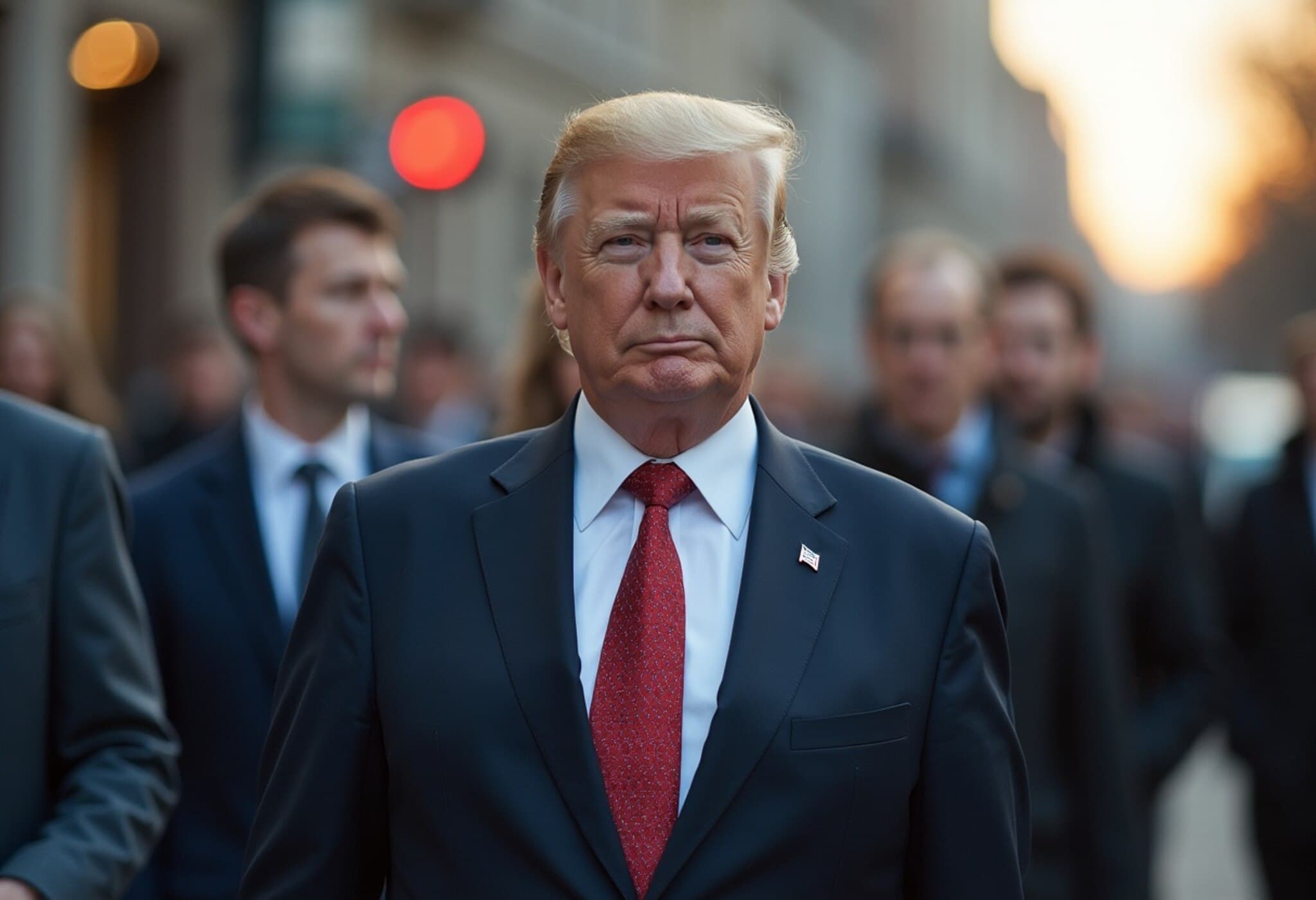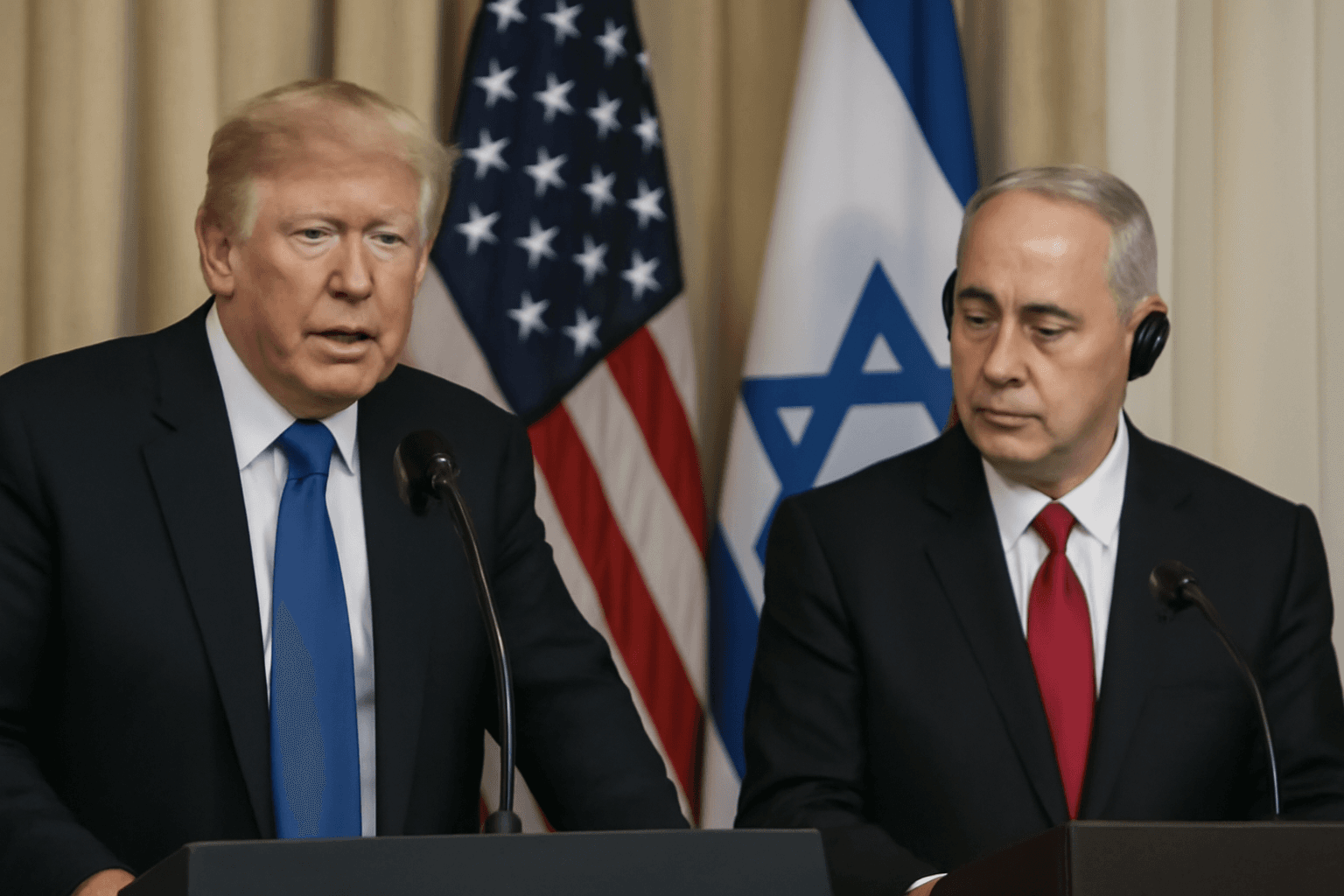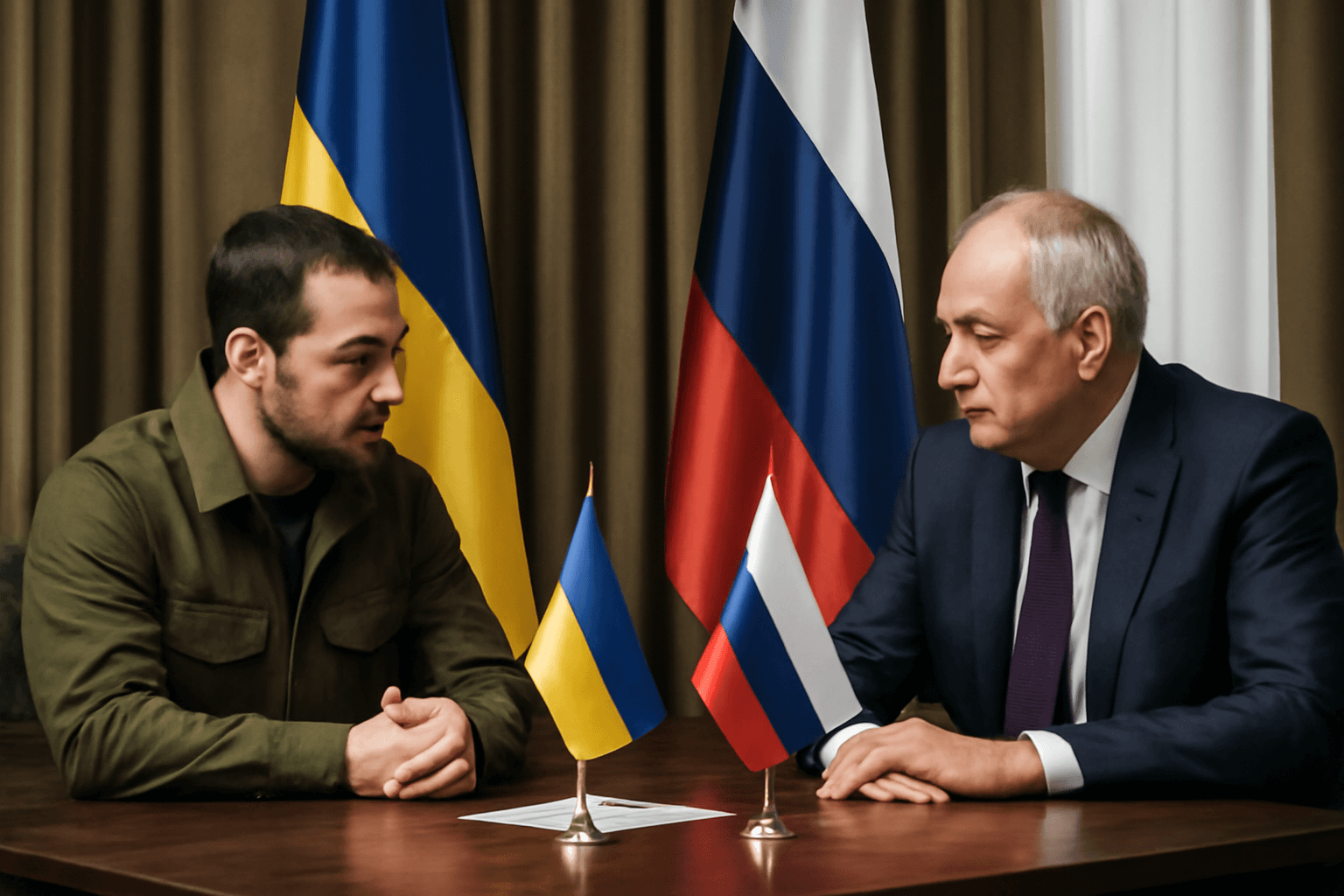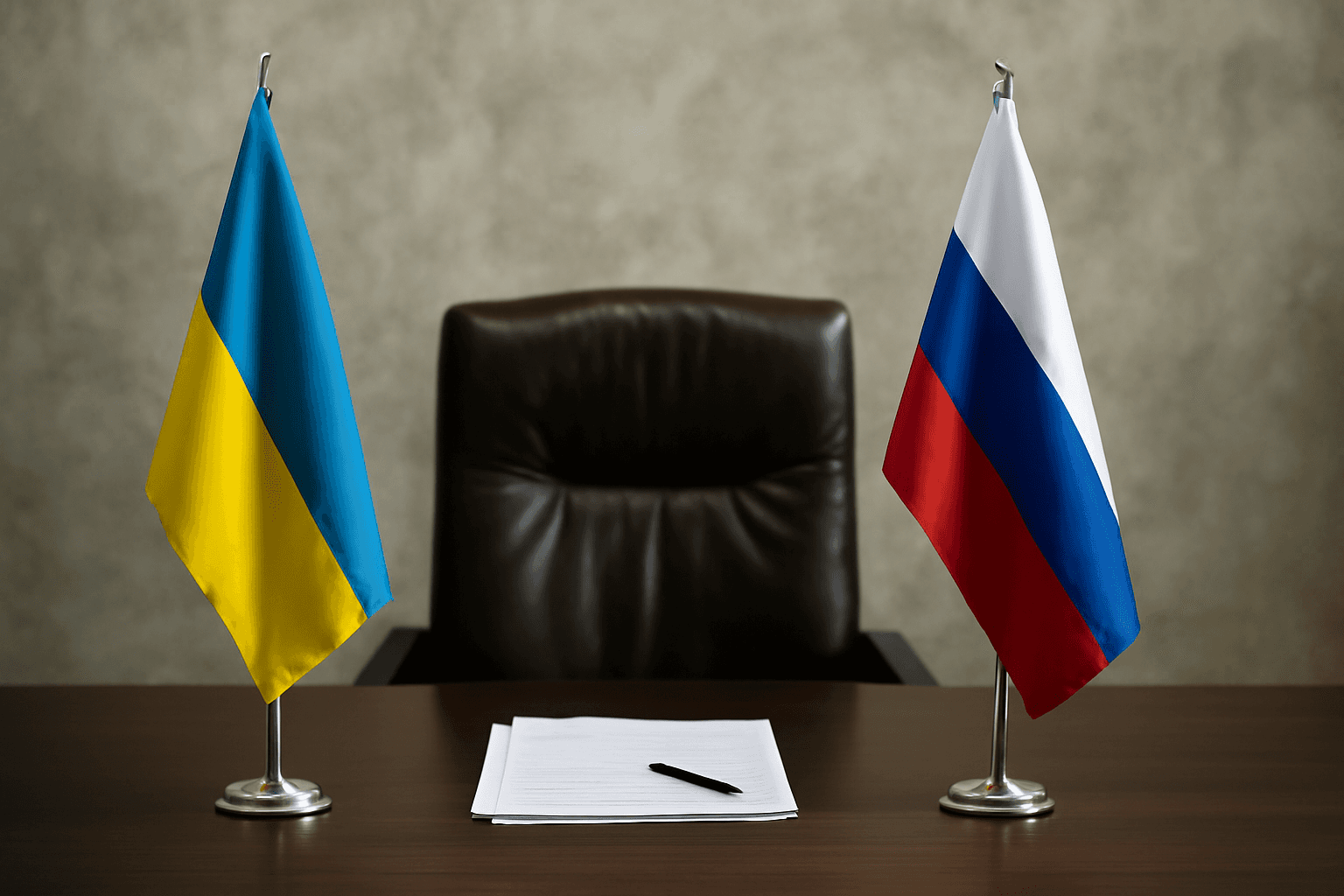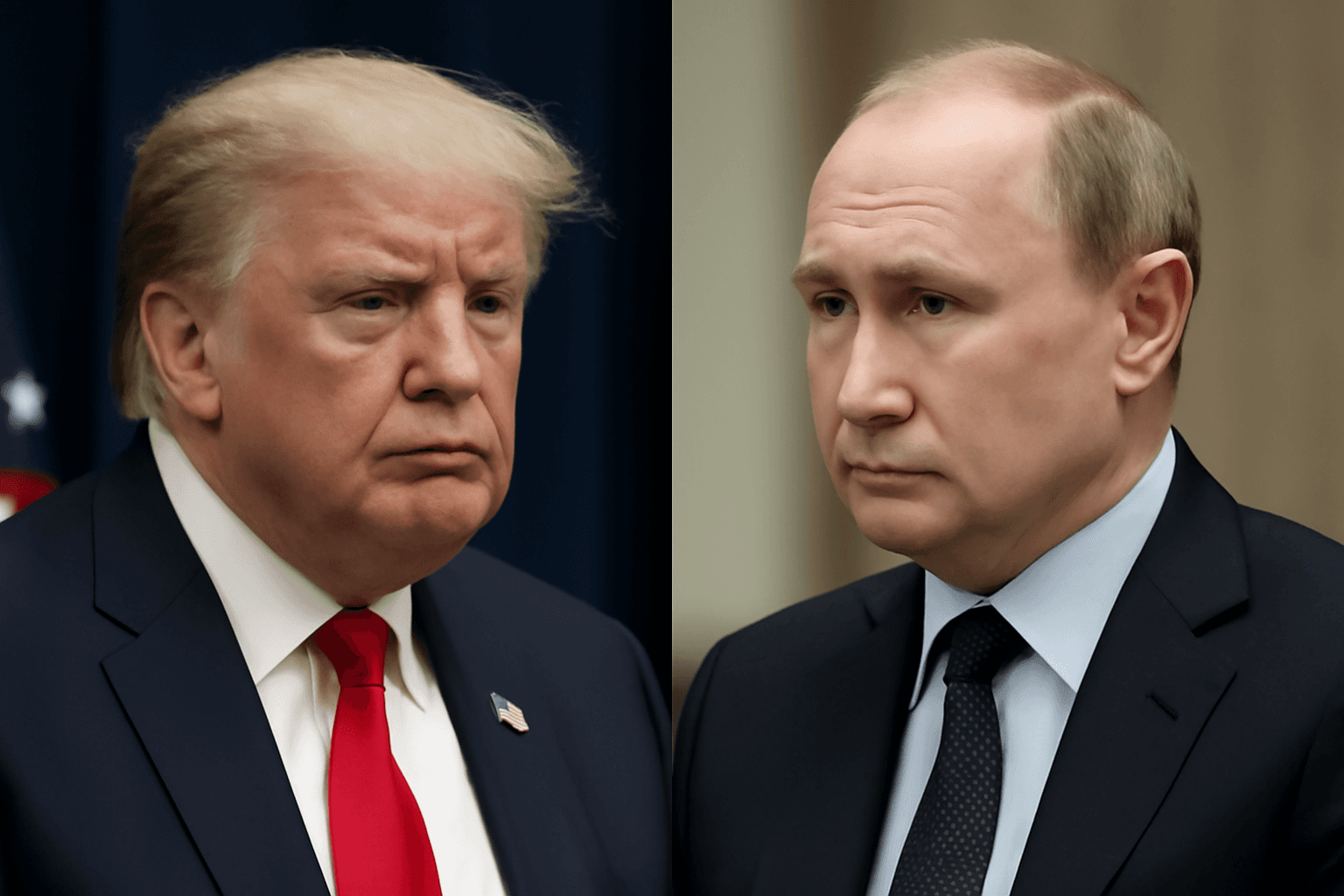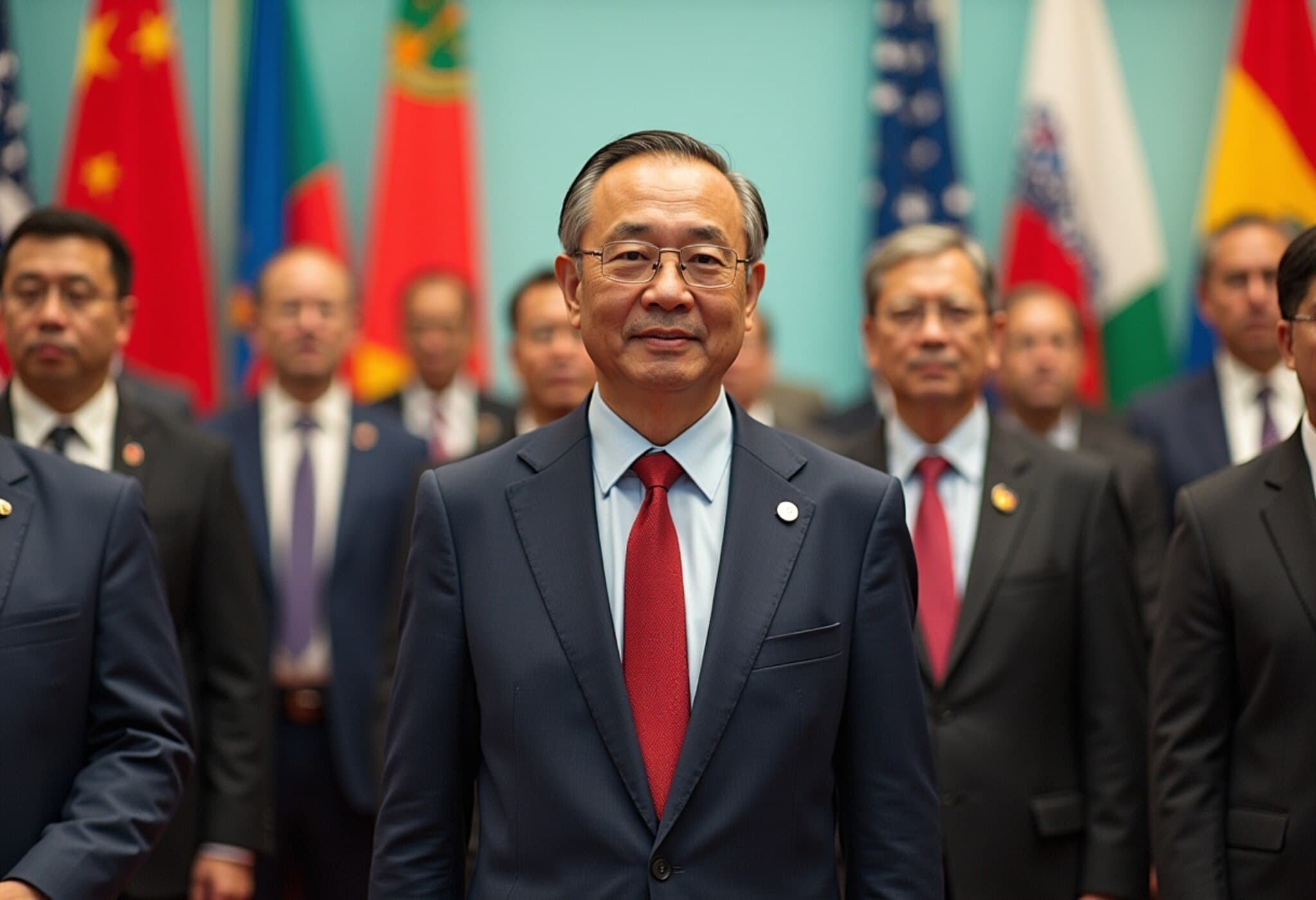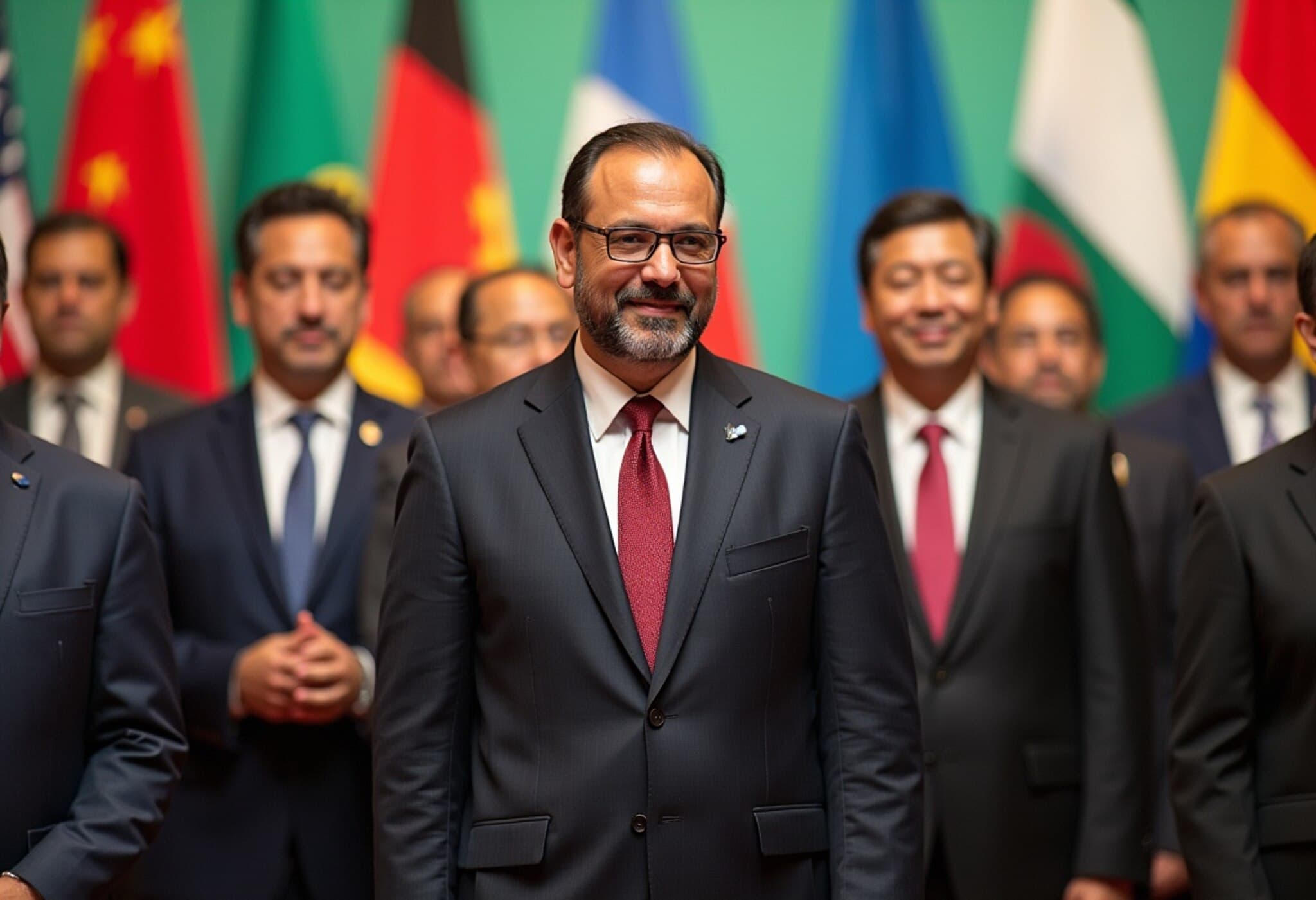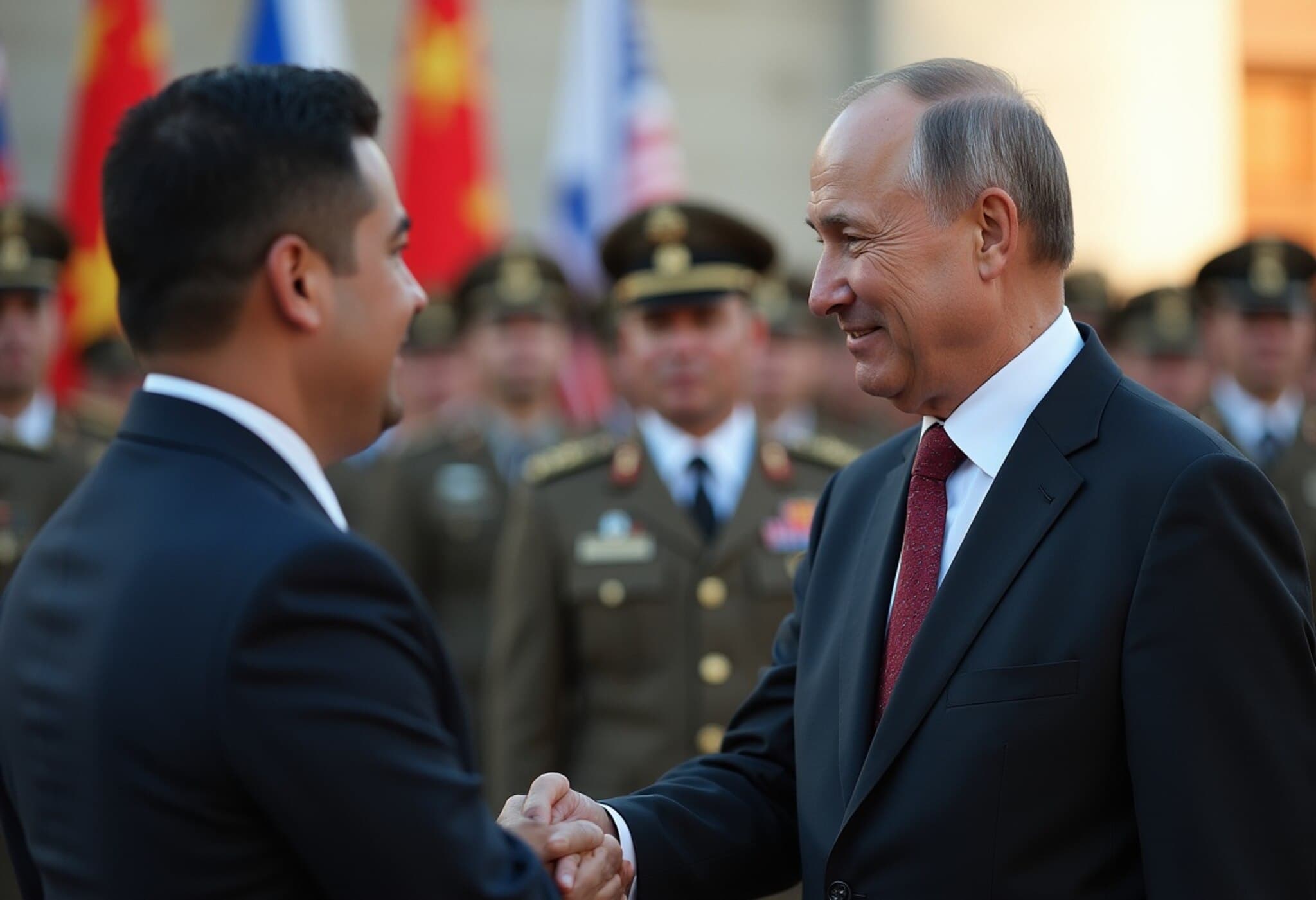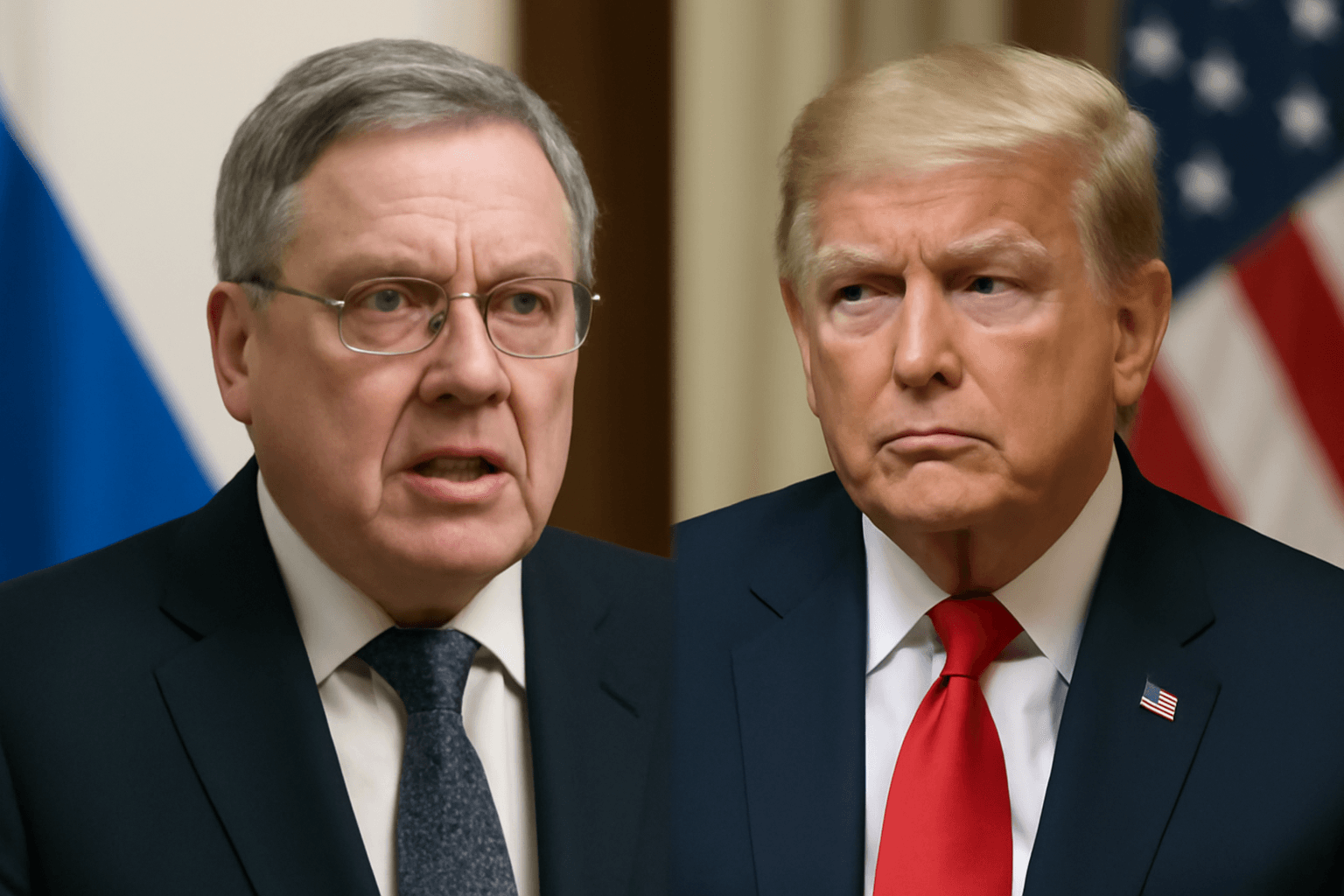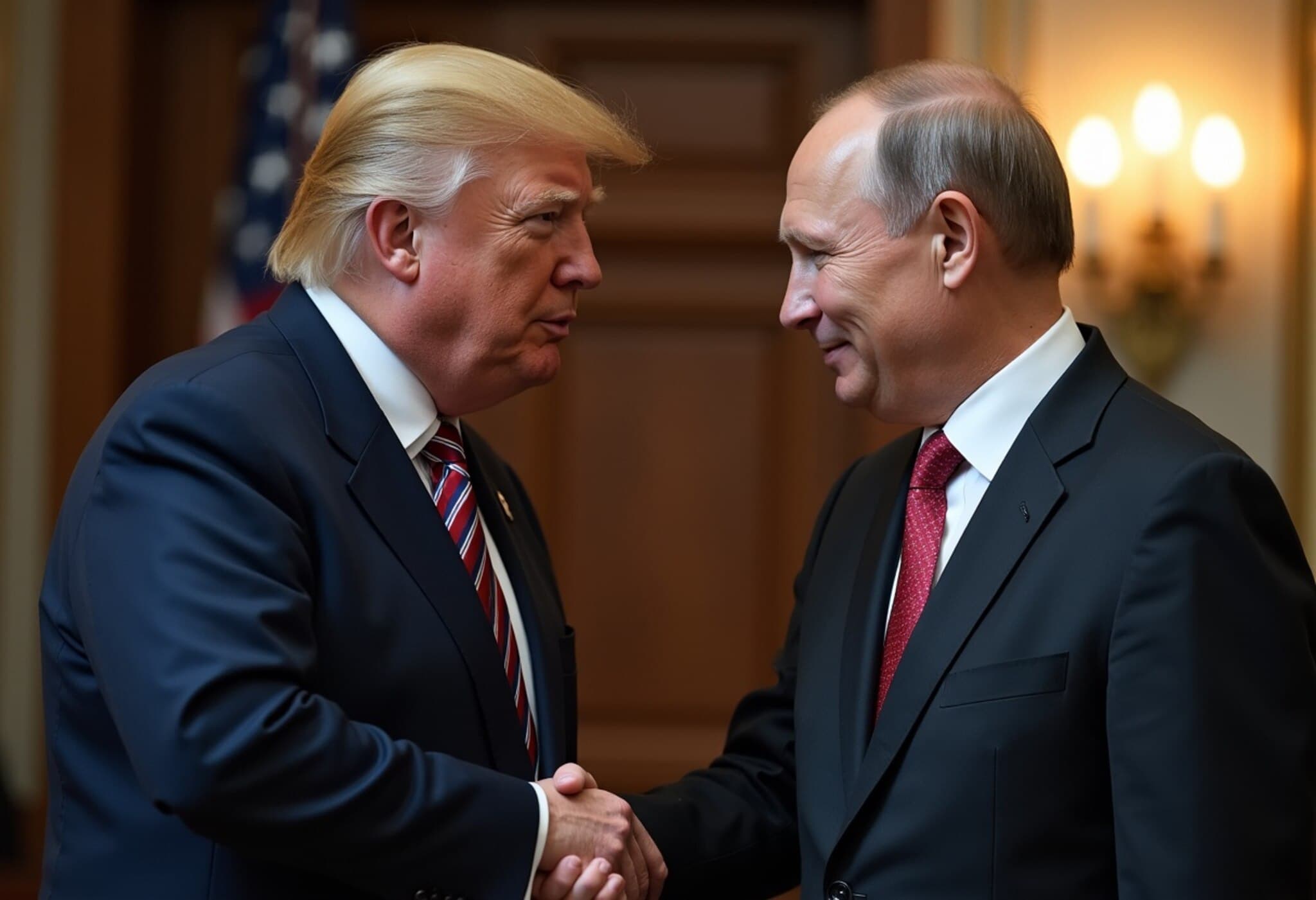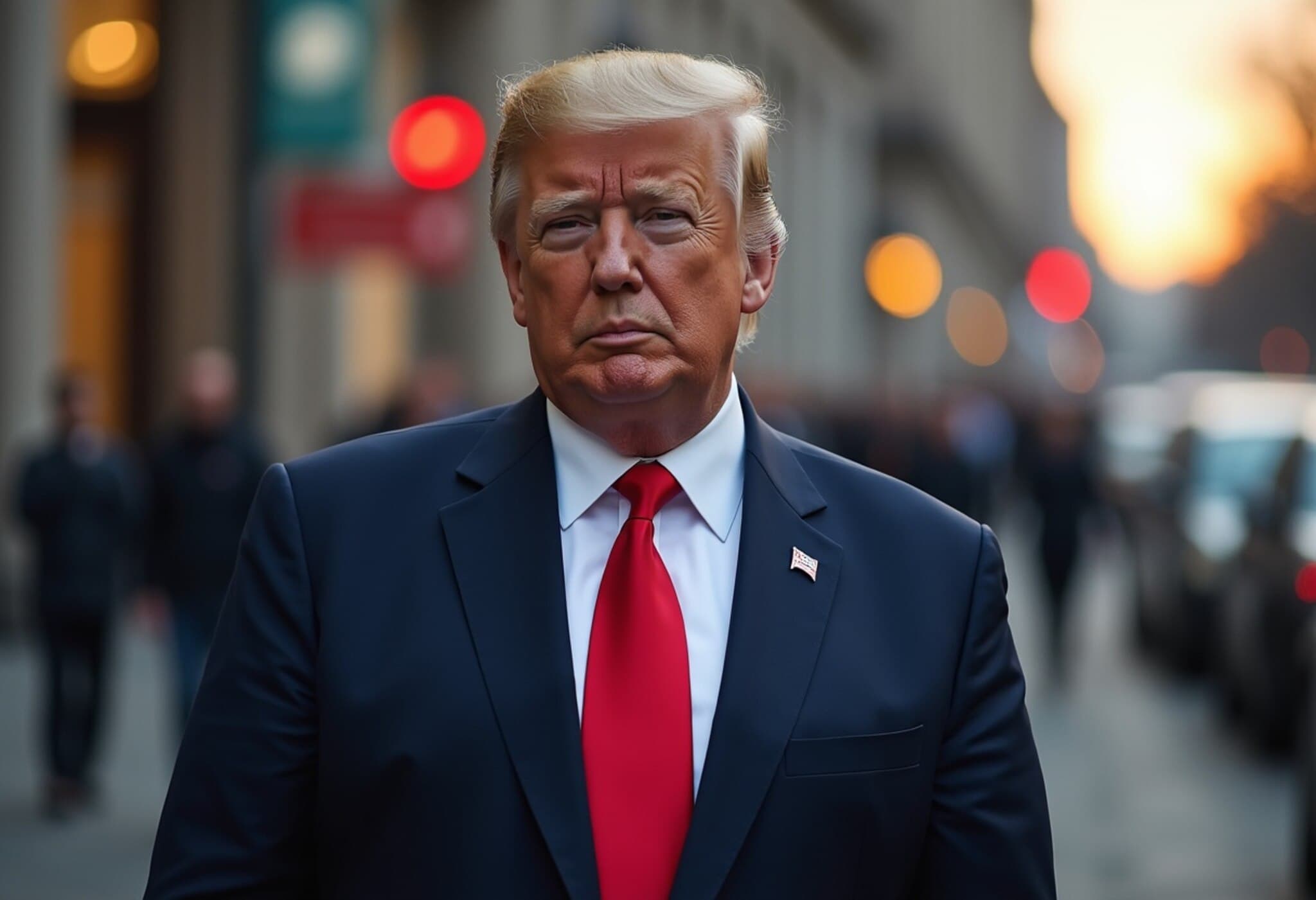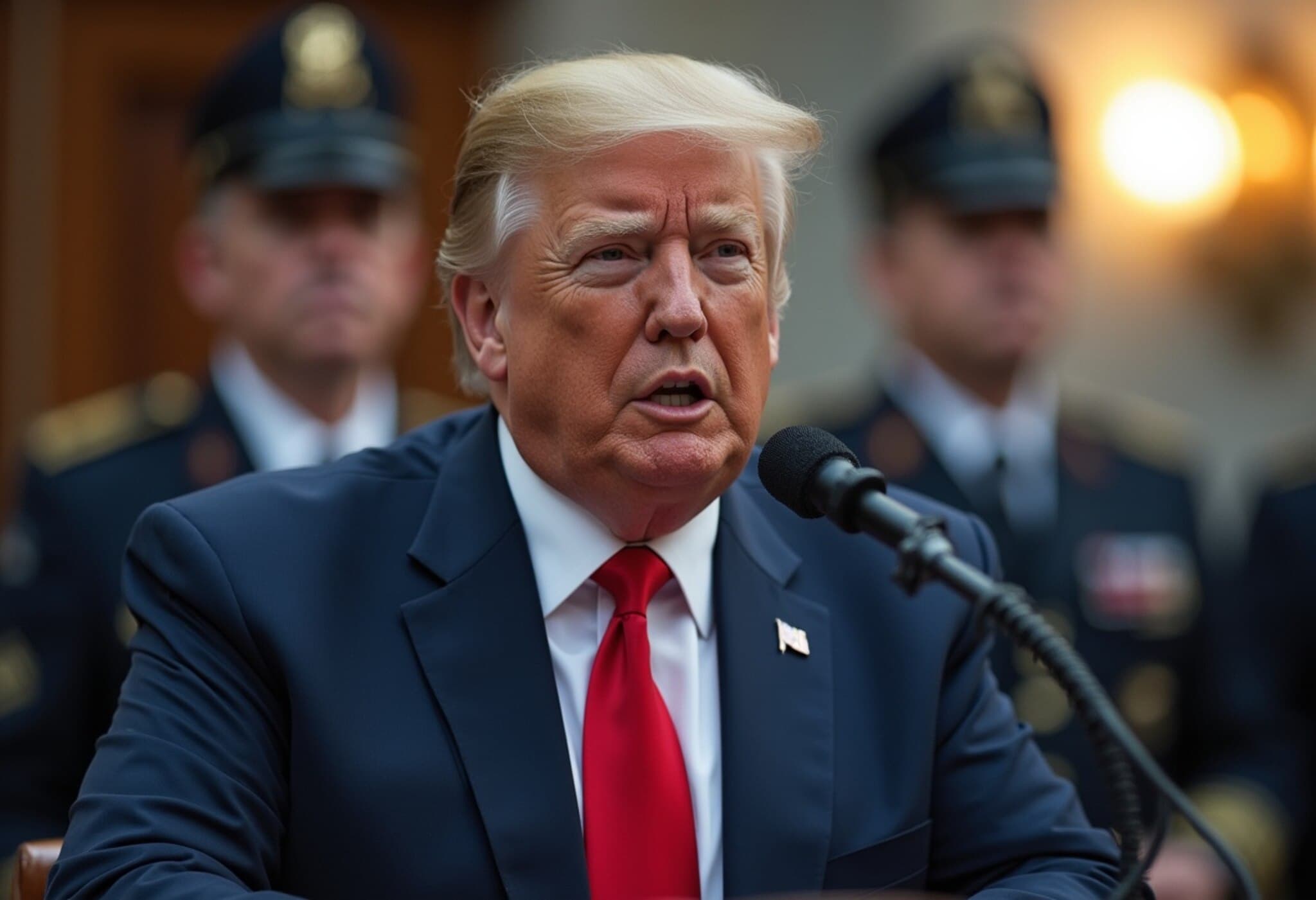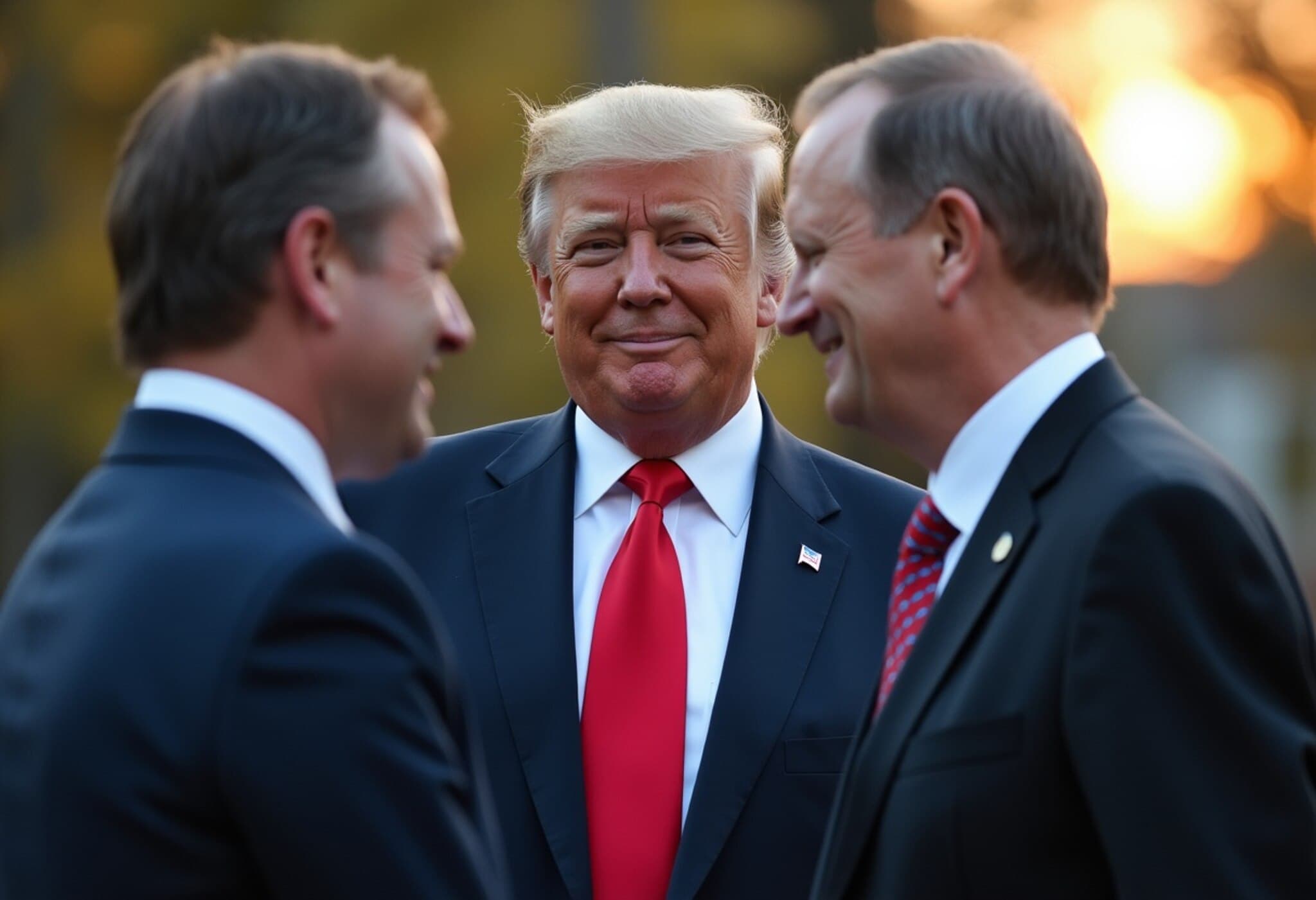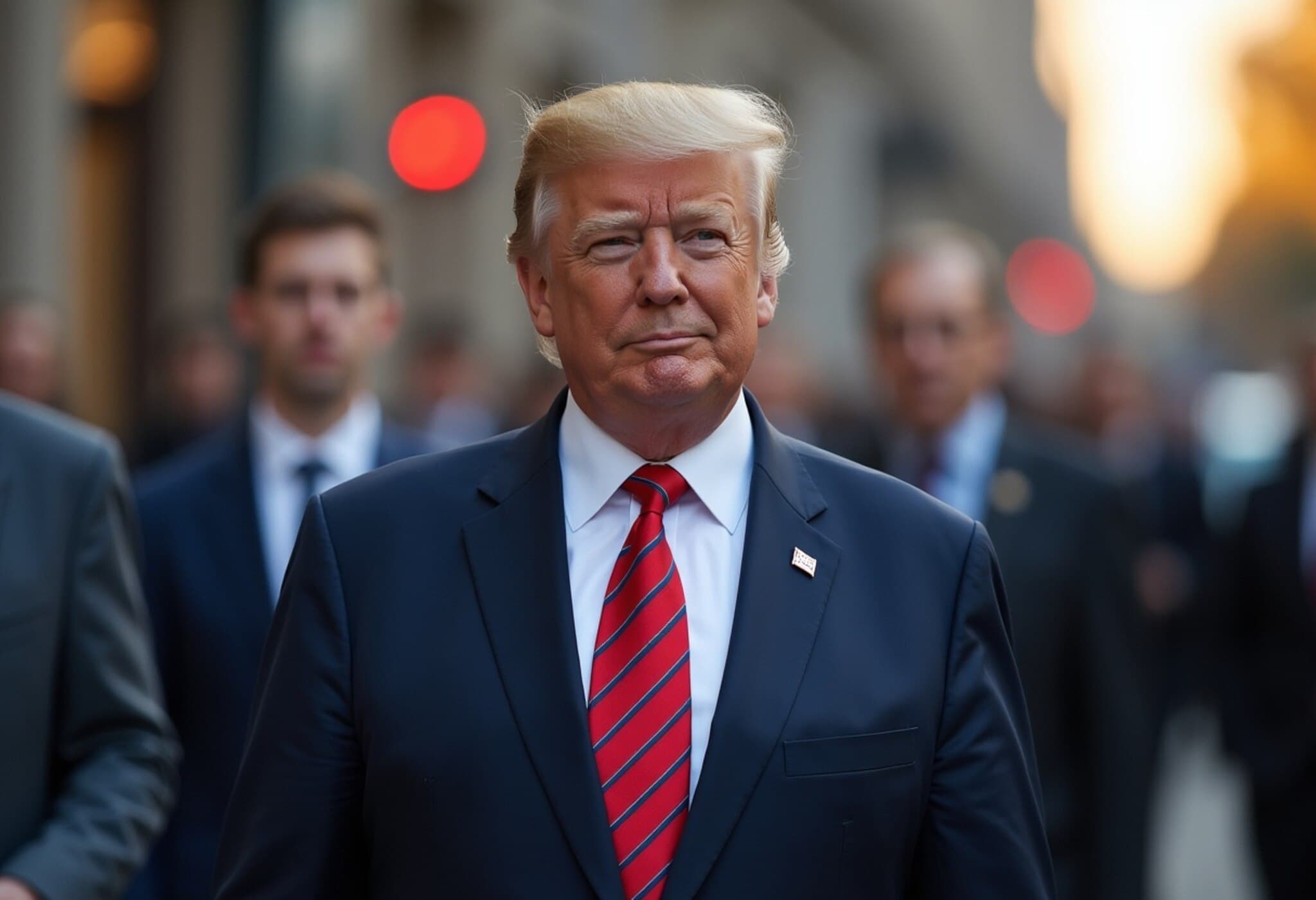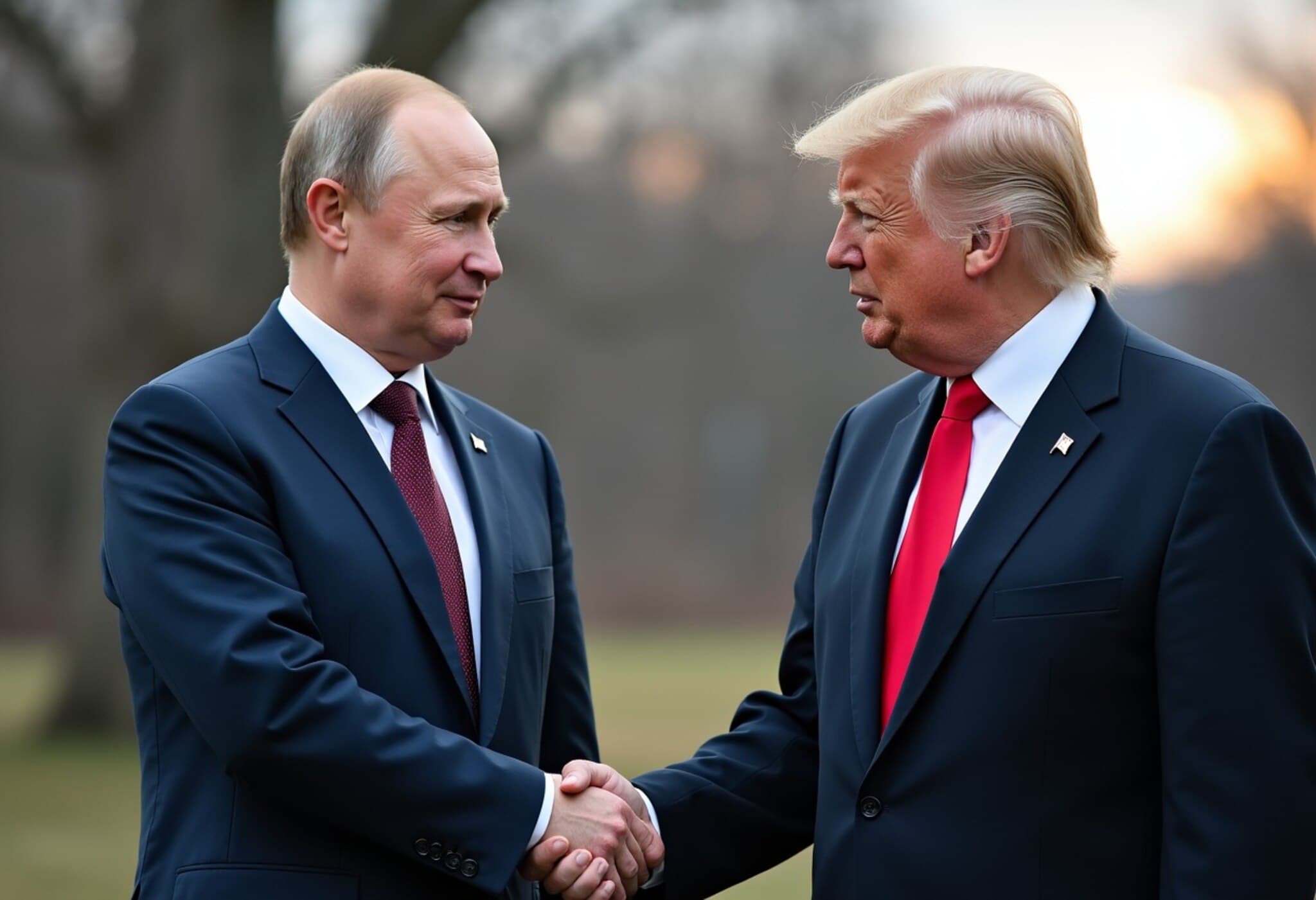From Broken Promises to Ongoing Conflict: The Historic Context of Ukraine-Russia Peace Deals
As world leaders convened for the recent US-Russia summit in Alaska between President Donald Trump and President Vladimir Putin, the long shadow of failed peace agreements loomed large over Ukraine’s future. Since the 1990s, Russia has signed a series of accords aimed at securing peace with Ukraine—only to breach every commitment and invade time and again. This historical pattern shapes why Ukraine’s leadership, led by President Volodymyr Zelenskyy, remains deeply skeptical of any deal born out of direct US-Russia negotiations.
Historical Breaches: A Pattern of Broken Trust
Ukraine’s mistrust is not unfounded. The conflict traces back to Russia’s first incursion in 2014 with the annexation of Crimea and ongoing wars in the Donbas region—escalating into a full-scale invasion in 2022. But the roots of these hostilities reach even deeper, intertwined with failed diplomatic efforts that Russia has repeatedly undermined.
Budapest Memorandum (1994): Nuclear Disarmament and Empty Guarantees
One of the most pivotal agreements was the Budapest Memorandum, where Ukraine agreed to relinquish its nuclear arsenal—the third largest in the world at the time—in exchange for security assurances from Russia, the US, and the UK. The deal promised respect for Ukraine’s sovereignty and boundaries and pledged assistance via the UN Security Council if Ukraine was attacked.
Yet, this deal proved fragile. Despite its promises, Russia violated the agreement by invading Crimea in 2014 and later escalating military aggression, exposing weaknesses inherent in security guarantees that lack enforceability. Political analysts like John Mearsheimer had warned back then that Ukraine’s nuclear arsenal served as a deterrent to Russian ambitions; relinquishing it left the nation vulnerable.
The 1997 Treaty of Friendship and Minsk Agreements: Failed Attempts at Peace
Russia’s 1997 Treaty of Friendship with Ukraine, which recognized Ukraine’s borders and sovereignty, was effectively shattered by the 2014 invasion. In the following years, the Minsk I and II agreements (2014 and 2015) attempted to halt conflict in Donbas through ceasefires and political concessions. However, these accords were never fully implemented, allowing Russian proxies to continue hostilities unabated until the 2022 escalation.
- Minsk I & II: Aimed to stabilize eastern Ukraine but failed to stop fighting or prevent Moscow’s influence
- Russian Proxy Warfare: Allowed Russia to maintain influence indirectly without direct invasion initially
Political Sabotage and Election Meddling
Russian interference in Ukraine’s political processes further eroded trust. The 2004 'Orange Revolution' arose after Russia backed Viktor Yanukovych’s disputed election through vote-rigging and intimidation. Subsequent poisoning of pro-Western politician Viktor Yushchenko and the eventual 2010 election victory of Yanukovych, who pivoted Ukraine closer to Russia, underscored Kremlin attempts to manipulate Ukraine’s sovereignty from within.
Expert Insights: The Risks of a Weak Peace Deal
Recognizing this fraught history, experts warn against any premature or fragile peace agreements that fail to hold Russia accountable. Kseniya Kirillova, a Russia analyst at the Jamestown Foundation, explains that past international responses effectively enabled Moscow’s aggression by allowing a return to 'business as usual' after Crimea’s annexation.
She notes that:
“Europe and the international community largely failed to impose meaningful consequences. Sanctions were applied but had limited impact, and trade with Russia largely continued, which sent a dangerous signal that aggression could be tolerated.”
The implication is clear: Without robust enforcement mechanisms, agreements risk becoming tools for Russia to legitimize its narratives rather than pathways to lasting peace.
Geopolitical Implications for US-Russia Negotiations
In the recent Alaska summit, Putin is speculated to present terms unfavorable to Ukraine, potentially framing President Zelenskyy as an impediment to peace in an effort to curry favor with the United States. This dynamic highlights the precarious position Ukraine occupies, caught between Moscow’s strategic narrative and Western diplomatic efforts.
Looking Ahead: What Does This Mean for Ukraine and the World?
The recurring theme across decades of conflict is Russia’s pattern of using diplomacy as a façade while advancing geopolitical objectives through military force. For Ukraine, this means any future peace deal must be grounded in enforceable, credible guarantees backed by the international community rather than hollow promises.
Moreover, the US and its allies face a critical choice: to double down on strategic support for Ukraine’s sovereignty with concrete measures or risk enabling further aggression by appeasement.
Editor’s Note
The history of peace agreements between Ukraine and Russia underscores a vital lesson in international diplomacy: without accountability and enforcement, treaties can become mere words lost in the fog of geopolitics. As global powers navigate the complexities of the Ukraine conflict, the enduring question remains—how can peace be secured when past agreements have repeatedly failed? Underpinning this is a broader challenge for the international order to protect smaller nations’ sovereignty against revisionist ambitions.
For readers and policymakers alike, understanding this historical backdrop is essential to appreciating the stakes of current and future negotiations.

